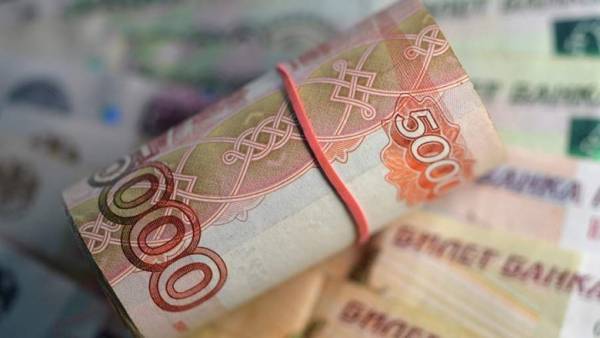
So, in 2011, 29% of Russians saved “in reserve”, while in 2021 this number increased to 44%. Residents of the country began to save more often “for old age” (18% in 2011 and 26% in 2021), as well as for rest and treatment (14% and 19%, respectively).
In addition, the top 5 goals for which Russians save money included housing repairs and the purchase of real estate.
However, compared to 2011, the share of those who save up for better housing conditions has decreased slightly.
In addition, it is noted that the share of the country’s residents who believe that there is no need to save money has more than halved compared to 2011 (from 14% to 6%), and the average amount that Russians consider savings is 100 thousand rubles.
“The goals for which Russians make savings reflect changes in people’s priorities. If in 2011 our compatriots put off more for improving housing conditions, now health care and the desire to financially insure themselves and their family with savings “for old age” come to the fore,” said Guzelia Imayeva, Director General of NAFI.
She also noted that the pandemic contributed to such a shift in focus and transformation of life values, as many people realized that health and life are irreplaceable resources.
Also, more people began to pay attention not only to physical health, but also to emotional well-being, reducing anxiety and stress.
“We expect that in the near future the share of Russians who save part of their funds for treatment and rest will continue to grow,” the CEO said.
In addition, Imayeva explained that although most Russians put aside part of their income “in reserve”, in general, the formation of a financial safety cushion among Russian residents has not yet become a fixed habit.
“According to the results of the NAFI study conducted in 2021, in case of loss of the main source of income (work), savings for most of our fellow citizens will be enough for an average of two months. And here, of course, the role of state programs to increase the level of financial literacy remains important, part of which is the culture of savings and maintaining a balance between income and spending,” she concluded.
The research data were obtained during all-Russian surveys conducted with a difference of 10 years for a similar sample of 1.6 thousand people aged 18 years and older in 53 regions of Russia.
On November 16, it became known that about 70% of Russians admitted to a lack of wages for a comfortable life. In particular, 39% of respondents noted that they would like to receive an increase of 25 thousand rubles.
On October 20, the Russians named a comfortable amount for life and savings. So, in Russia, 47% of citizens would have enough 40-70 thousand rubles a month for their own financial needs and even for the formation of savings.